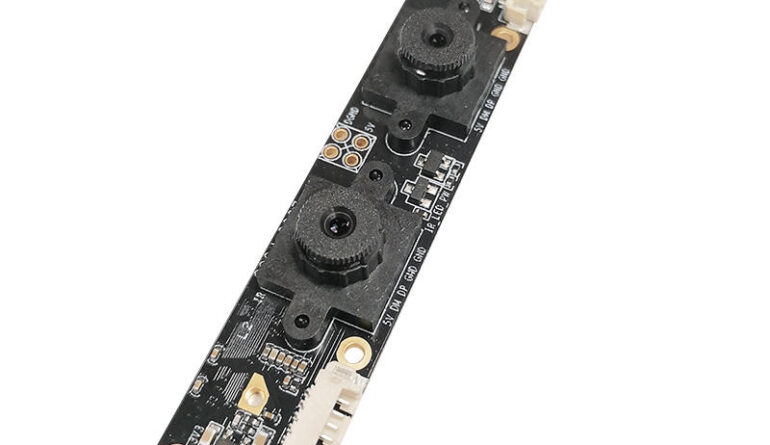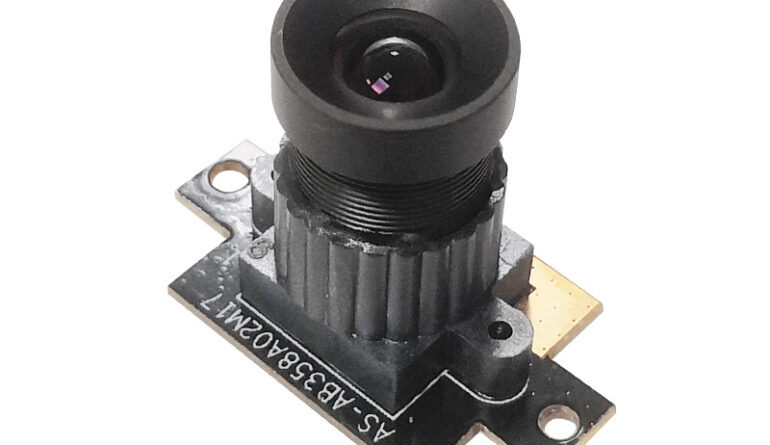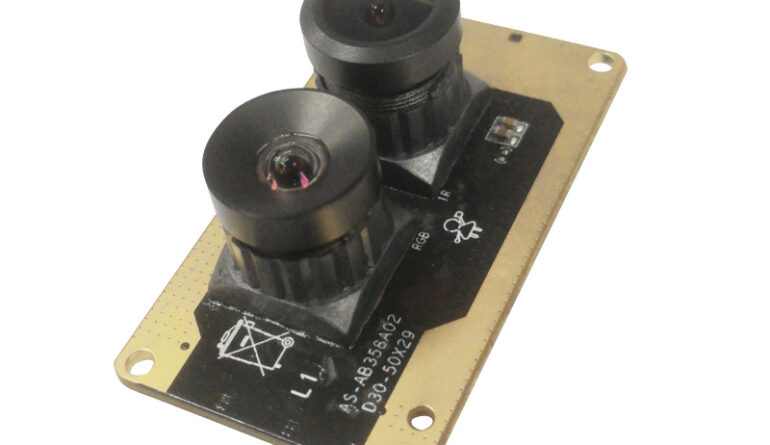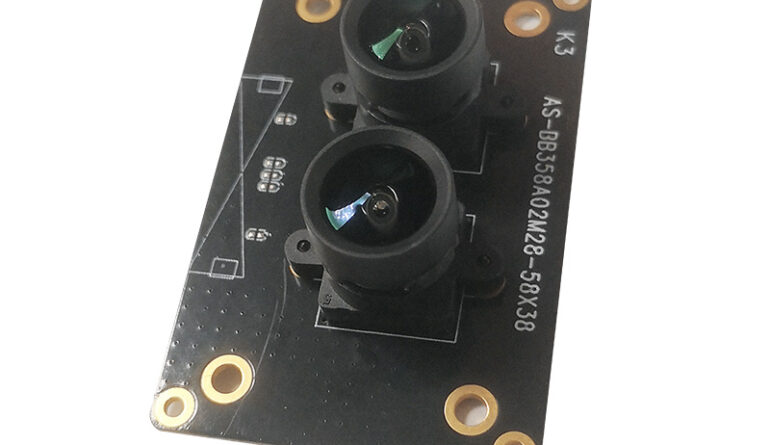GC2053 is a high quality 1080P CMOS image sensor for security camera products, digital camera products and mobile phone camera applications. GC2053 integrates a 1920Hx1080V pixel array P10-bit ADC and image signal processor
The full integration of high performance and low power consumption features makes GC2053 most suitable for design, reduces the implementation process, and extends the battery life of automotive DVR sports cameras in various mobile applications
It provides RAW10 and RAW8 data formats with MIPI and DVP interfaces. It has a two-wire serial interface commonly used by the host to control the operation of the entire sensor..
GC2053 Features:
Standard optical format 1/2.9 inch
2.8μm*2.8μm
Output format:
Original Bayer 10-bit/8-bitPower supply requirements:
AVDD28: 2.7~2.9V (Typ.2.8V)
DVDD18: 1.15~1.3V (Typ.1.2V). 1.8v)
PLL supportSupport frame synchronization
DVP/MIPI (2 lanes) connection support
Horizontal/vertical mirroring
Image processing module
OTP support (1K for customers): Module information/WB
Dogoozx GC2053 camera module recommendation:
-
DGZX-PS5268 GC2053 1080P 30fps High Quality 2MP Face Recognition USB2.0 Binocular Camera Module
-
Dogoozx 2MP 1080P with fill light LED Circle GC2053 MIPI Interface fpc Camera Module
-
Dogoozx 2MP HD 1080P Wide Angle GC2053 MIPI Fixed Focus Drone Aerial mimi Camera Module
-
Dogoozx 1080P Binocular GC2053 GC2145 MIPI DVP Dual interface 3D scanning Camera Module
-
Dogoozx Dual 1080P RGB IR GC2053 GC2093 HDR binocular live detection mipi camera module
-
What are some common problems that the GC2053 image sensor may encounter in application?
-
1. What is the basic packaging method of the GC2053 image sensor?
-
Answer: The packaging method of the GC2053 image sensor is CSP (Chip Scale Package). This packaging technology helps to reduce the size of the sensor, optimize the miniaturization design of the product, and improve the thermal efficiency of the sensor to ensure stable operation in high temperature environments.
-
2. When using GC2053, how to ensure that the camera can be initialized normally?
-
Answer: To ensure that the camera can be initialized normally, you need to pay attention to the following points:
-
Library file version consistency: Ensure that the compiled library files (such as libsns_gc2053.so, libsns_gc2053.a) have the same version to avoid initialization failure due to version mismatch.
-
Driver configuration: Check the relevant configuration in the device tree (dts) file to ensure that the camera-related frequency, working mode, etc. are set correctly.
-
Power and reset: Ensure that the power and reset signals of the camera are correctly connected, and the voltage and timing meet the requirements.
-
3. What should I do if I encounter the error "get venc stream time out" or "segmentation fault"?
-
Answer: When you encounter this type of error, you can try the following solution steps:
-
Check the library file: As mentioned above, make sure that all related library files have the same version.
-
Debug camera data: Use commands (such as cat /proc/umap/mipi_rx, cat /proc/umap/vi, cat /proc/umap/rc) to check whether the camera has data output.
-
Check the log: Check the system log for possible errors or warnings that may point to the source of the problem.
-
Restart the device: Sometimes simply restarting the device can solve some temporary software or hardware problems.
-
4. How to configure GC2053 in a multi-camera system?
-
Answer: To configure GC2053 in a multi-camera system, you need to modify the device tree file (dts) to support time-sharing multiplexing of multiple cameras. The specific configuration includes:
-
Set the camera frequency: Adjust the CSI/ISP frequency according to system requirements.
-
Set working mode: Set the working mode of the camera to offline mode (work_mode = 1) so that it can be time-divided and multiplexed in multi-camera scenarios.
-
Configure video nodes: Configure corresponding video nodes for each camera to ensure that data can be transmitted correctly.
-
5. In which application scenarios are GC2053 image sensors more common?
-
Answer: GC2053 image sensors are more common in many application scenarios due to their miniaturization, high stability and good imaging quality, including but not limited to:
-
Security monitoring: used in various surveillance cameras to provide clear video images.
-
Digital cameras: as image sensors for digital cameras, capturing high-quality photos.
-
Mobile devices: some mobile phones and tablets also use GC2053 as rear or front cameras.
-
6. How to obtain detailed technical specifications and design guidelines for GC2053?
-
Answer: You can obtain detailed technical specifications and design guidelines for GC2053 by visiting GalaxyCore's official website or contacting its technical support department. In addition, some professional technical forums and communities may also provide relevant resources. When obtaining resources, please ensure the authority and reliability of the source.







